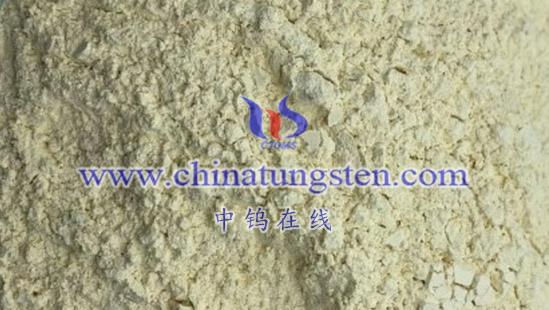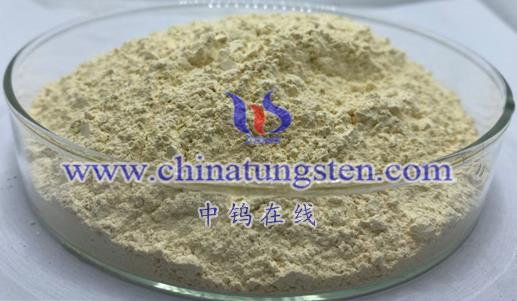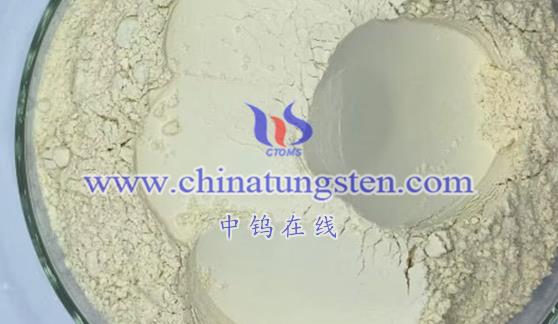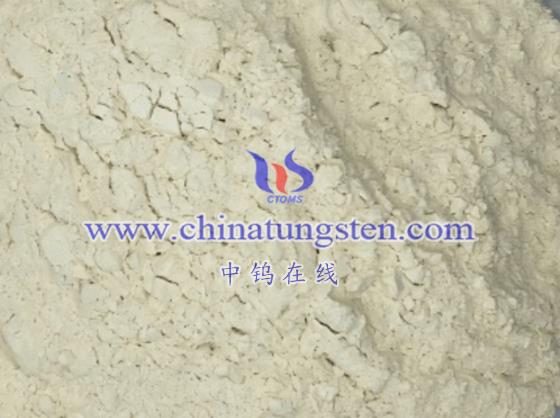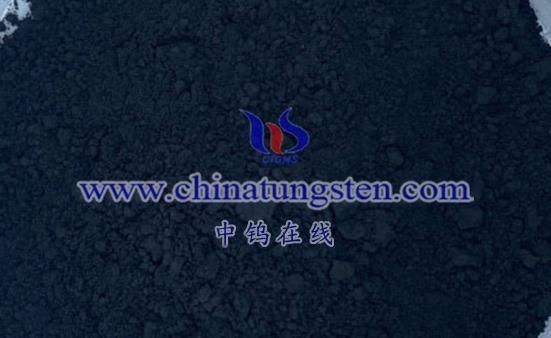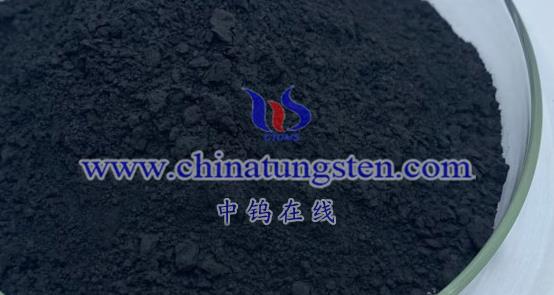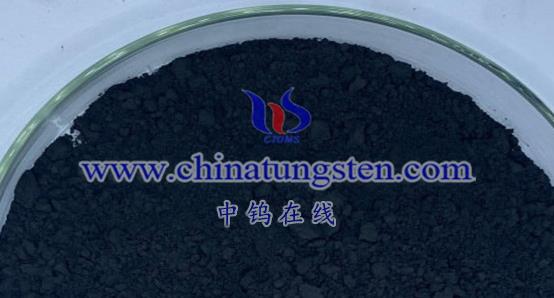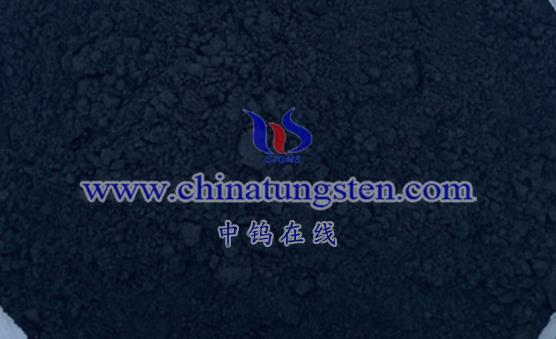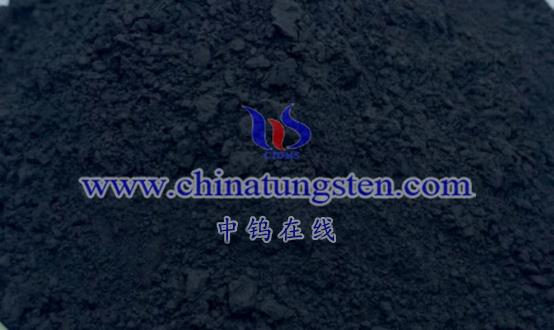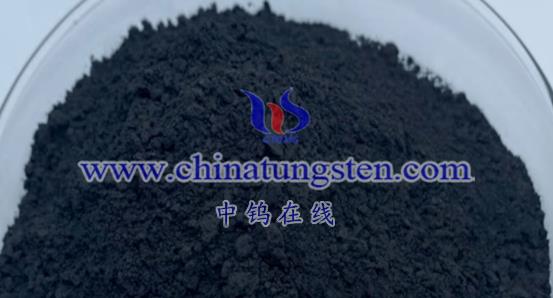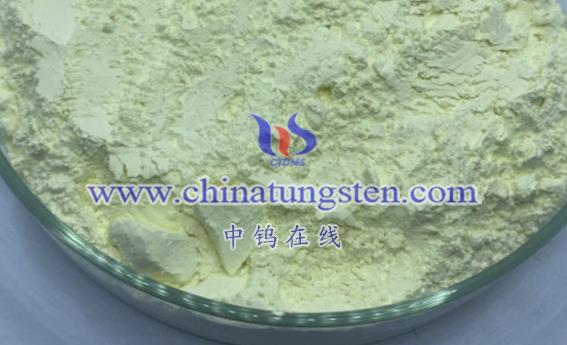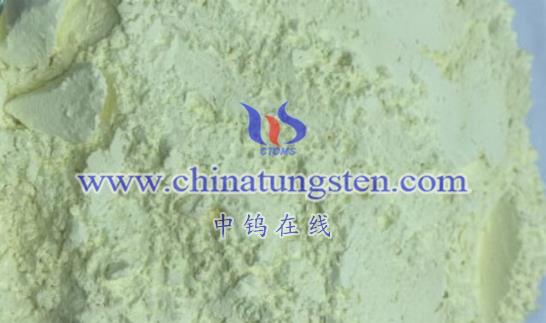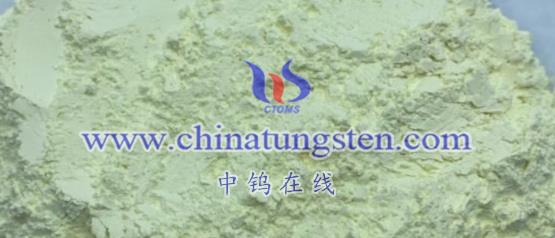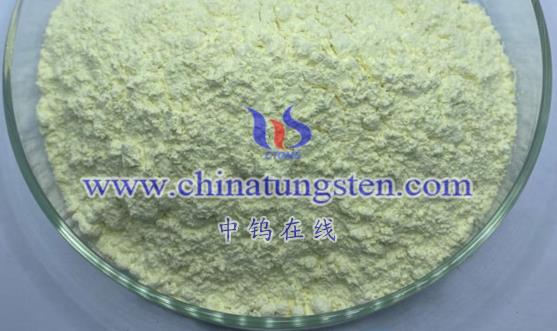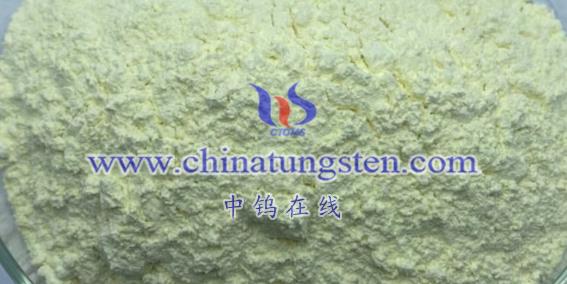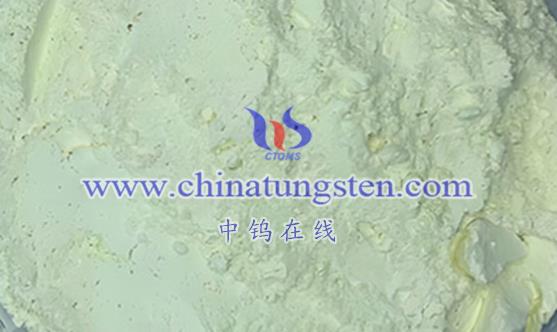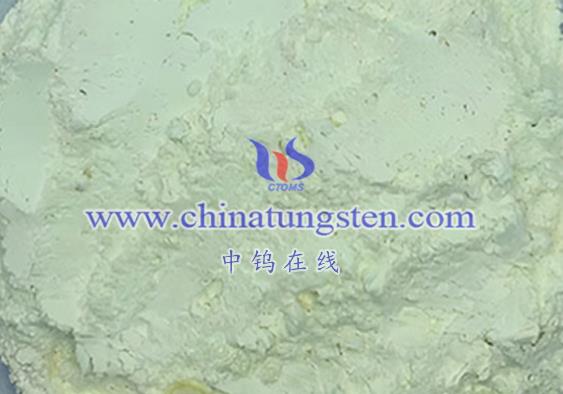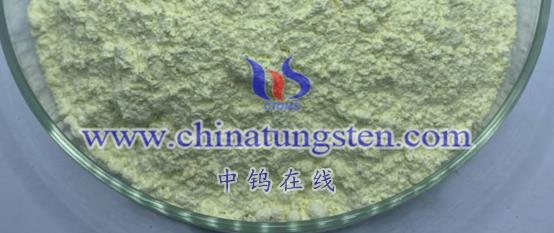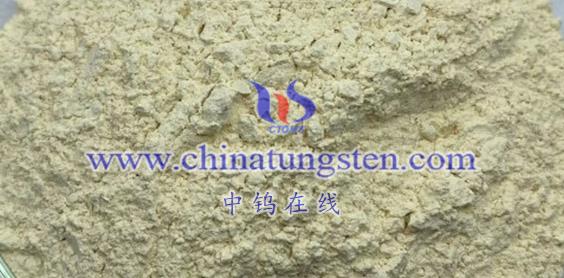
The preparation process of nano tungsten trioxide slurry involves several steps, including raw material preparation, reaction synthesis, and slurry formulation. Below is a detailed overview of the preparation process:
- Raw Material Preparation
- Selection of Raw Materials:
The main raw materials include sodium tungstate (Na₂WO₄) or other tungsten-containing compounds, along with auxiliary chemical reagents to adjust reaction conditions and properties. - Purification and Pre-treatment:
Necessary purification and pre-treatment of raw materials are carried out to ensure the stability of the reaction process and the purity of the products.
- Reaction Synthesis
There are various methods for synthesizing nano tungsten trioxide, and here are several common preparation methods:
- Sol-Gel Method
Steps:
Sodium tungstate is mixed with other chemical reagents to form a sol in water or an organic solvent. Subsequently, through hydrolysis and condensation reactions, the sol gradually transforms into a gel. Finally, the gel undergoes drying and calcination to obtain nano tungsten trioxide powder.
Advantages:
Good chemical homogeneity, high purity, and easy doping of other elements, suitable for preparing uniform coatings and films.
Disadvantages:
The product tends to form hard agglomerates after drying, and the synthesis cycle is relatively long.
- Hydrothermal Method
Steps:
A solution of sodium tungstate and other chemical reagents is reacted in a high-temperature and high-pressure closed reactor. By controlling the reaction temperature and pressure, the hydrolysis and oxidation of sodium tungstate are promoted, generating nano tungsten trioxide particles.
Advantages:
The precursor does not require calcination, avoiding contamination and hard agglomeration; the product has high purity and good dispersibility.
Disadvantages:
The equipment is complex, and energy consumption is relatively high.
- Microemulsion Method
Steps:
A microemulsion system consisting of surfactants, co-surfactants, oil phase, and water phase is used to dissolve sodium tungstate and other raw materials. By controlling the reaction conditions, hydrolysis and oxidation of sodium tungstate occur in the microemulsion, generating nano tungsten trioxide particles.
Advantages:
Simple equipment, low energy consumption, and easy operation; the product has a small particle size, narrow distribution, and good monodispersity.
Disadvantages:
A significant amount of surfactants and solvents are consumed, leading to higher costs.
- Slurry Preparation
- Dispersion and Stabilization:
Nano tungsten trioxide powder is mixed with an appropriate amount of dispersants, solvents, etc. Through mechanical stirring or ultrasonic dispersion, the nanoparticles are uniformly dispersed in the solvent, forming a stable slurry. - Performance Adjustment:
The viscosity, fluidity, and other properties of the slurry are adjusted as needed to meet the requirements of subsequent coating, printing, and other processes.
- Subsequent Treatment
Based on specific application needs, further treatment and processing of the prepared nano tungsten trioxide slurry are performed, such as coating on substrates to form films or compounding with other materials.
Different preparation methods have their respective advantages, disadvantages, and applicable ranges. In practical applications, it is essential to choose the appropriate preparation method based on specific needs and experimental conditions and optimize process parameters to obtain high-quality nano tungsten trioxide slurry. Additionally, with the continuous development of nanotechnology, new preparation methods and processes are continually emerging, providing more choices and possibilities for the preparation of nano tungsten trioxide slurry.
More details of tungsten oxide product, please visit website: tungsten-oxide.com
Please contact CHINATUNGSTEN for inquiry and order of tungsten oxide:
Email: sales@chinatungsten.com
Tel.: 86 592 5129595
